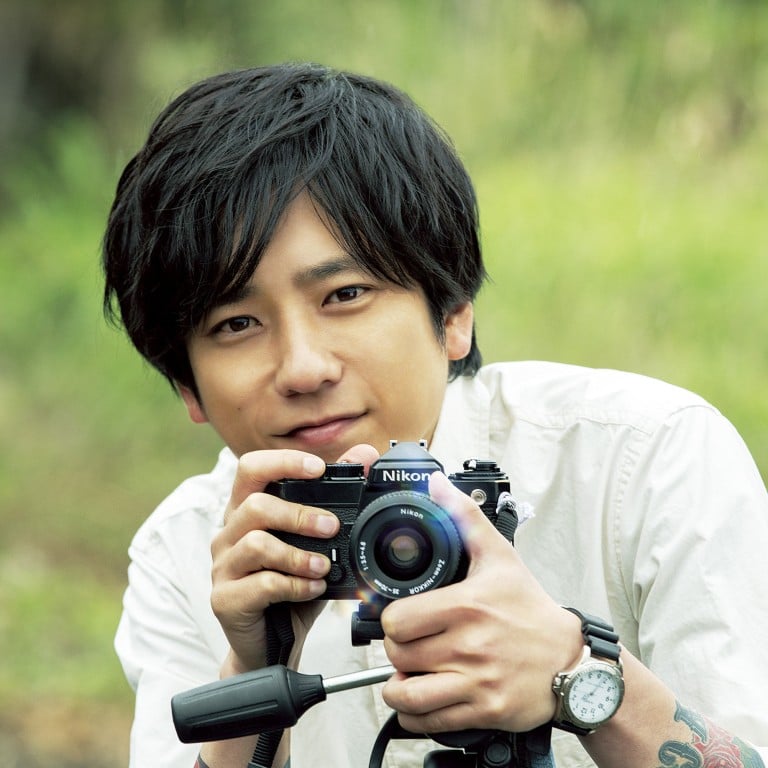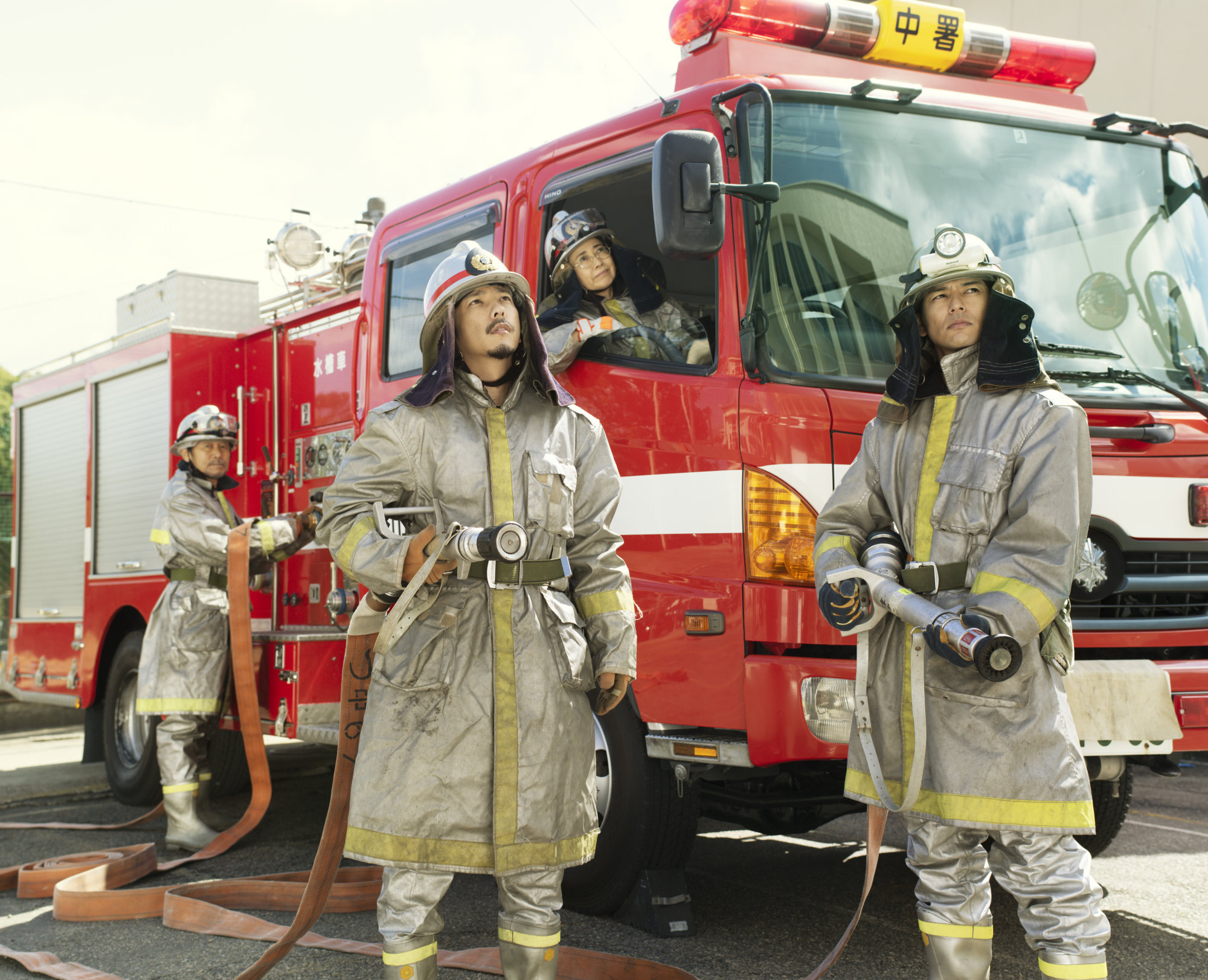
Review | The Asadas movie review: Japanese photographer Masashi Asada celebrated in human drama starring Kazunari Ninomiya, Satoshi Tsumabuki and Masaki Suda
- The film shows how Masashi Asada evolved from outcast rebel to altruistic volunteer after the 2011 Tohoku earthquake and tsunami struck northern Japan
- J-pop idol Kazunari Ninomiya stars as the photographer known for his oddball family portraits
3.5/5 stars
Inspired by the life and work of photographer Masashi Asada, who garnered widespread acclaim for his eccentric family portraits, Ryota Nakano’s latest drama charts the artist’s evolution from rebellious outcast to altruistic volunteer in the wake of the 2011 Tohoku earthquake and tsunami.
The Asadas stars pop idol Kazunari Ninomiya in the lead role, with able support from Satoshi Tsumabuki, Masaki Suda and Jun Fubuki.
Nakano’s work is filled with dysfunctional families who are reconciled through tragedy, and these people remain central to this affectionate if occasionally meandering chronicle of Masashi and his clan.
After being gifted a camera for his 12th birthday, a minor mishap sees young Masashi, his father (Mitsuru Hirata), and older brother wind up in the accident and emergency, where his mother works as a nurse.
The burgeoning photographer seizes the opportunity to snap the four of them together, and the picture subsequently wins a prize, setting in motion a long-standing family tradition of oddball cosplay portraits, posing as firefighters, detectives, racing drivers and yakuza.

Despite his photographs providing the Asadas with their only communal activity, Masashi drifts apart from his family. He drops out of art school but is persuaded to move to Tokyo by his sometime girlfriend Wakana (Haru Kuroki), who offers to support him as he tries to make it professionally.
Eventually his portraits are published and other families approach him to take similarly unorthodox shots of them. When the Tohoku earthquake hits, Masashi is compelled to visit the site and check on a previous client, where he discovers a new calling amid the wreckage and debris.
Nakano acknowledges how photography cinema, can help preserve memories, which are destined to fade over time. We see grieving families struggle to find an appropriate image of lost loved ones to adorn their graves, anxious that this image will ultimately outlast their own recollections and become the enduring effigy of the person they have lost.

Through his work, Masashi finds a way to inject happiness into these memories, first for his own family, but later by helping victims of incredible tragedy find closure, and celebrate the lives of their loved ones in such a way that will continue to spark joy long after they have gone.
As a film, The Asadas might be too episodic and incidental to effectively champion Masashi’s work as a portrait photographer, but as a monument to his unerring humanity, Nakano has captured a perfect snapshot.

